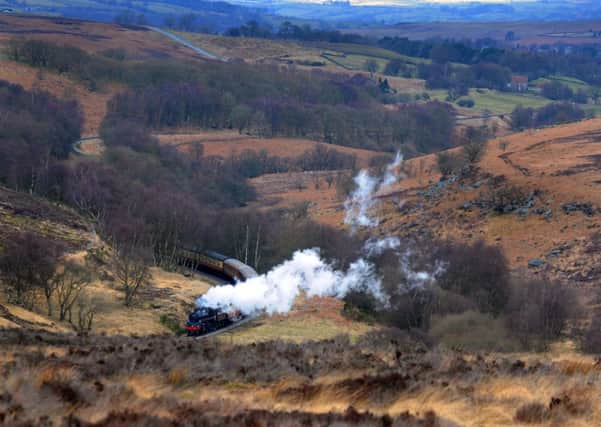Comment: Rural reach of LEPs is too short


Lancashire, Cumbria and the whole of the North East failed to make the grade and only five districts in Yorkshire and the Humber featured in the annual Halifax Rural Areas Quality of Life Survey. What’s more, our top entry, Hambleton, only charted at number 22.
Who’d have thought that our county, with its three national parks, three Areas of Outstanding Natural Beauty, two World Heritage Sites, over 100 nature reserves, more than 30,000 listed buildings and all its moors, dales and cliffs was such a disappointing place to live?
Advertisement
Hide AdAdvertisement
Hide AdIs this just another survey to take with a pinch of salt, or does it suggest that while our countryside appears a wonderful place for a day trip or a long weekend, the daily reality is not quite so idyllic?
Our rural communities may well nestle in or overlook high quality environments, but other factors that contribute to our wellbeing are not quite so straightforward. Prosperity was a key judging criterion in the survey, and the results for the North reinforce the crucial need for investment in rural areas.
Decent job opportunities, widely available services and a choice of recreational or cultural activities that urban dwellers take for granted are all too often few and far between in our more remote hamlets and villages.
Even in our top ranking district of Hambleton, a staggering 32 per cent of people earn less than the living wage. Across the county, the economies in rural communities rely on low-wage industries such as farming and tourism. But they need not be the only sources of work. Nor need they set the level of pay.
Advertisement
Hide AdAdvertisement
Hide AdYorkshire’s Local Enterprise Partnerships, sitting on large sums of money to invest, need to recognise that rural businesses are usually small and often family-run concerns. By spreading their support more widely and in smaller amounts - rather than in big hit urban projects - LEPs could generate far greater economic, social and environmental benefits.
Vibrant and sustainable communities need services fit for modern life, but of course these are often more expensive to deliver in remoter areas. With bus services, schools, post offices, shops, pubs and churches all under threat, our rural communities are losing the infrastructure that holds them together and connects them to the rest of the world.
The key to unlocking much of the potential of our rural areas is connectivity. Over 200 years ago the railway steamed through rural Yorkshire, allowing people and goods for the first time to move freely, quickly and cheaply. Effective broadband is the new railway, and now almost essential for being joined in to society. For social reasons, shopping, paying taxes or running a business, a reliable and affordable broadband service is seen as vital. As long as we continue to invest in making existing connections faster, instead of ensuring everyone has a service, we will have an urban-rural digital divide.
We are all immensely proud of our county’s rich heritage and stunning landscapes and rightly so. But, as the old maxim goes, you can’t judge a book by its cover. It is only by filling our pages with economic growth and prosperity that Yorkshire will become a bestseller.
Douglas Chalmers is the northern director of policy and public affairs at the Country Land and Business Association.